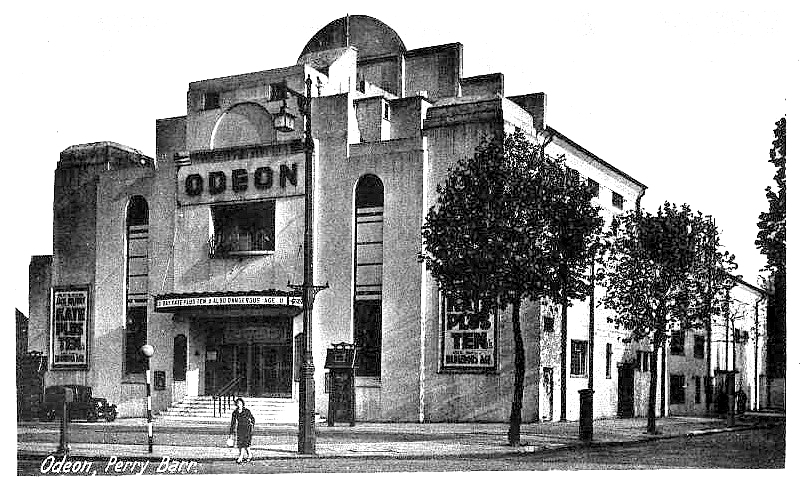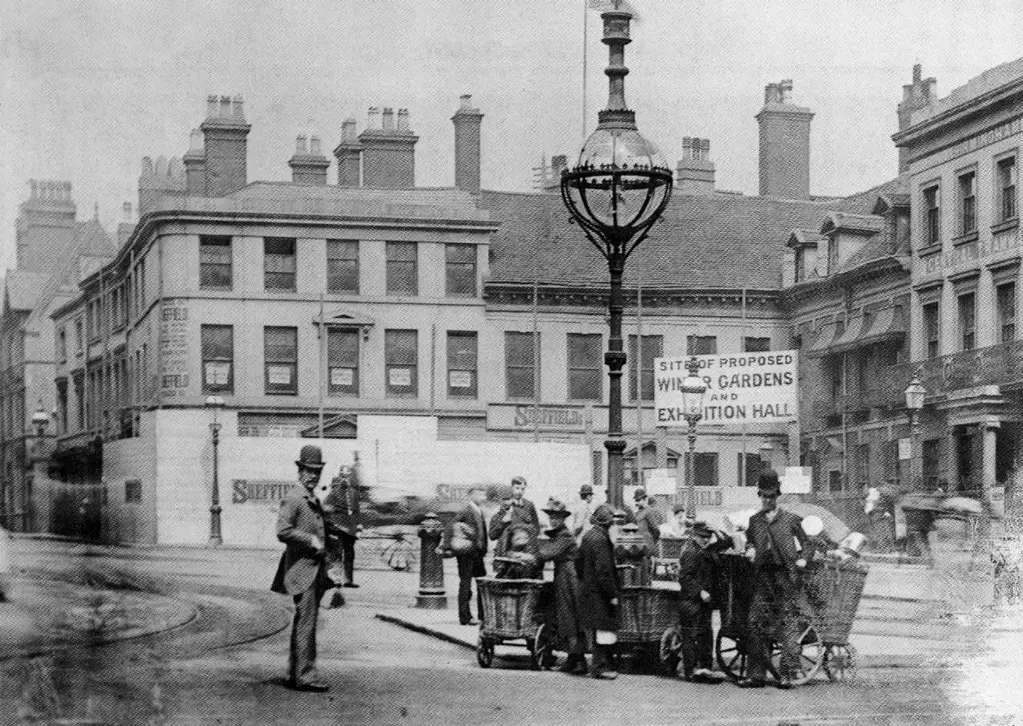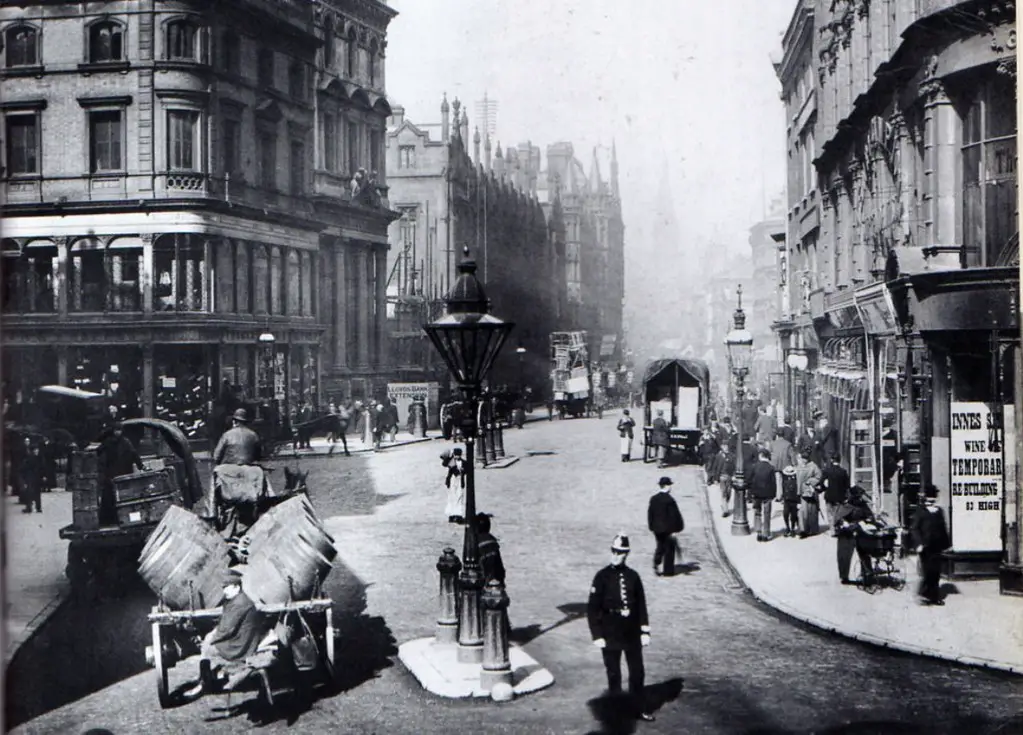The phone box looks very like the No 1 box shown at https://www.the-telephone-box.co.uk/kiosks/
Yes Mike. Definitely a Birmingham K1 box. Can't imagine what they were like inside but they certainly looked good on the street. A nice design. Re. Roly 's earlier comment about the street lamp light fitting with its own road name on it, if this junction had some importance, it does make you wonder why the phone box was located so close to the lamp. What was going on at this road junction? Viv.
















